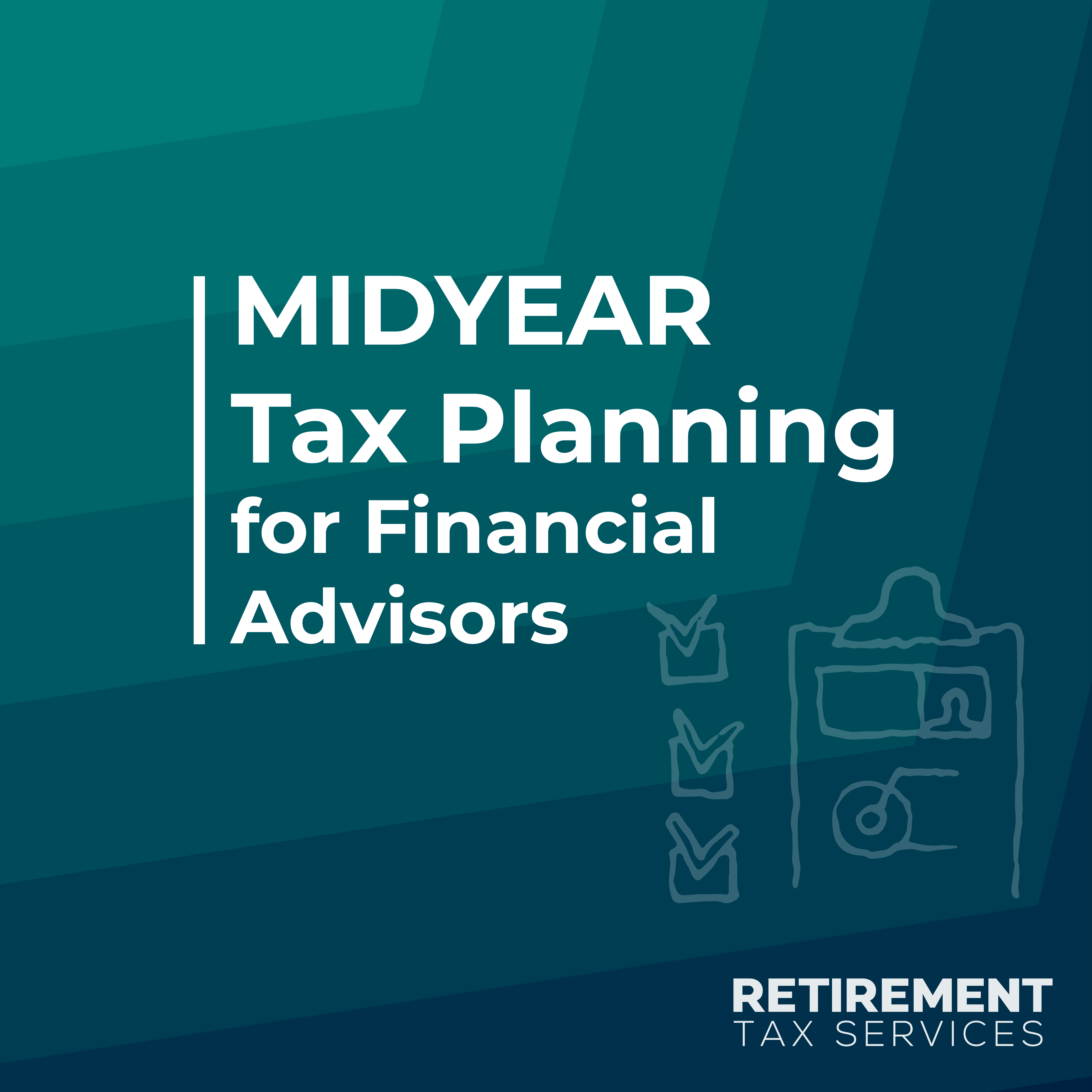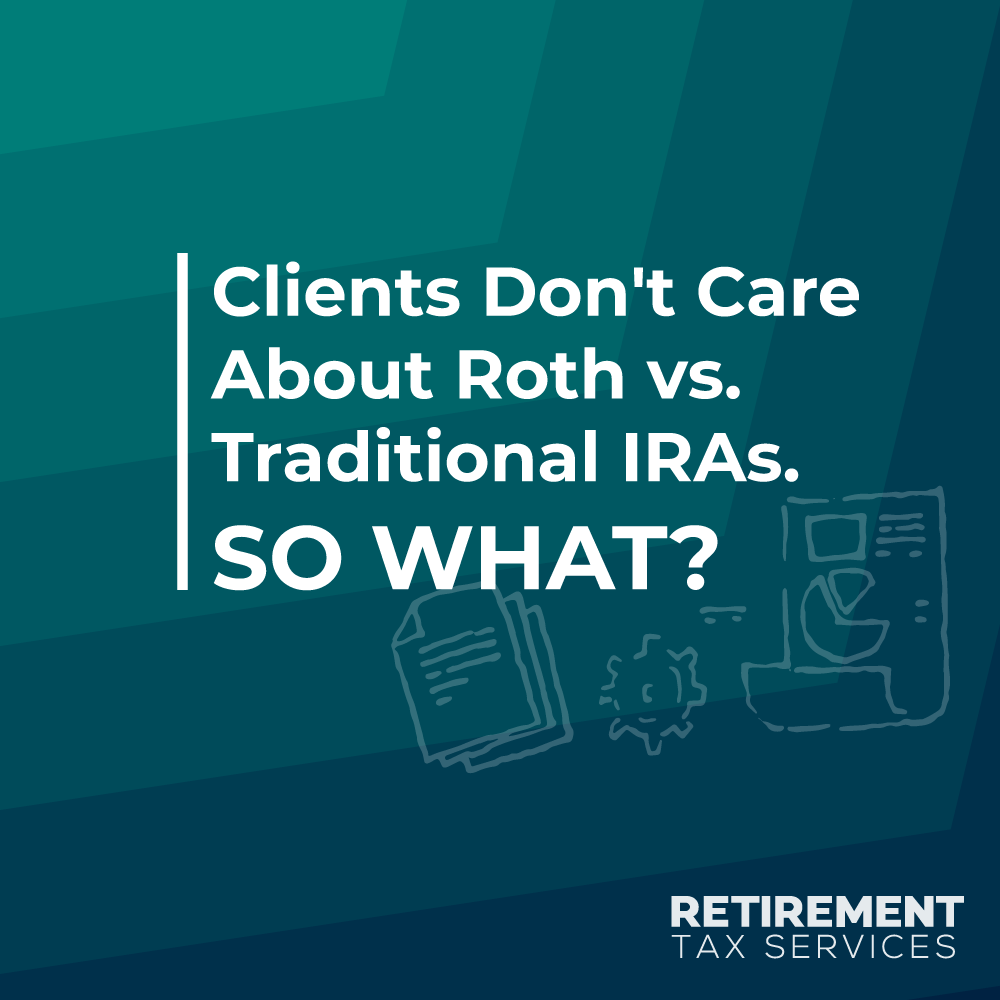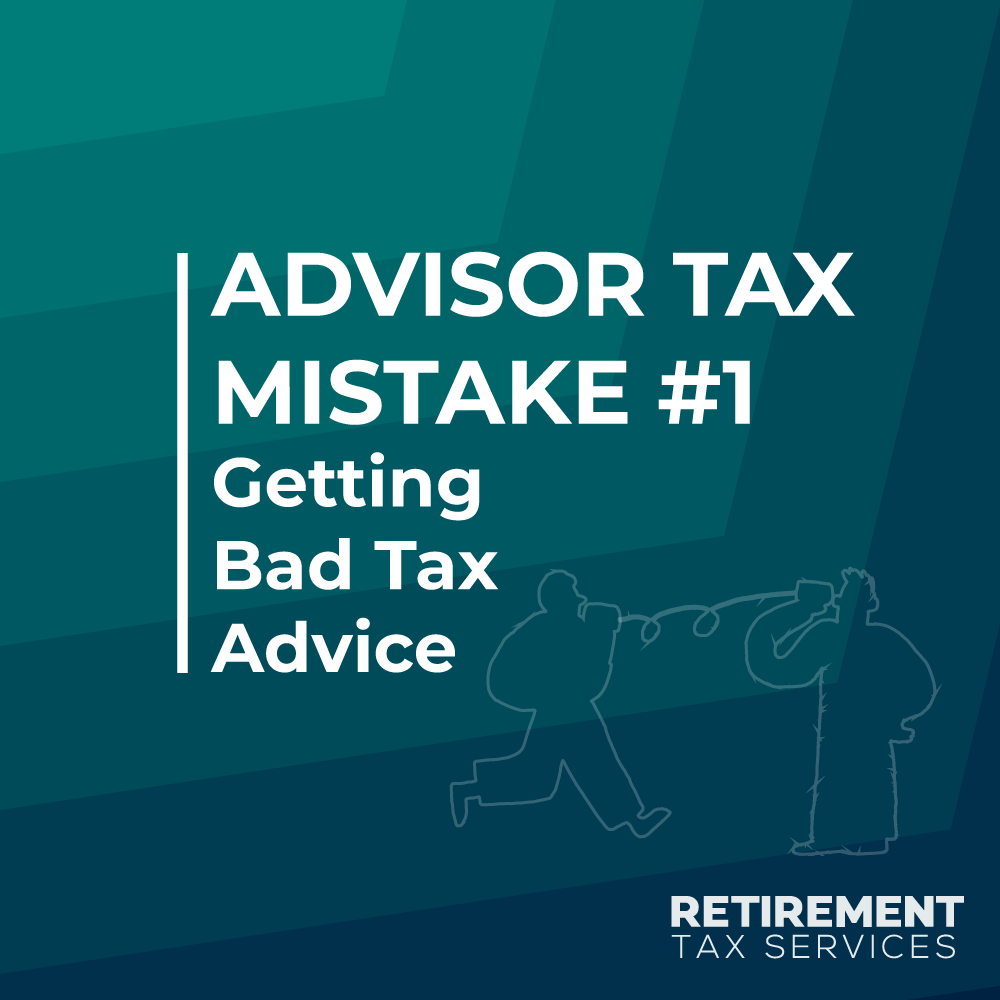
Is it too late to convert to a Roth?
There is also no earned income requirement to convert to a Roth. As long as you have a balance in an IRA, in theory, you can keep converting to a Roth as long as you like.
Read More
The Tax Planning Process Every Advisor Can Implement
The default approach to tax preparation does little to ensure tax planning, and with it tax savings, are actually happening. This creates a huge opportunity for financial advisors who are willing to be proactive.
Read More
Advisors’ Most Asked Questions on Working With Tax Professionals
Bringing on another professional to assist in planning can be daunting, but it can add value for clients.
Read More
Tax-Efficient Family Gifting: An Advisor’s Guide
A powerful strategy to discuss with clients interested in gifting is funding Roth accounts on behalf of children or grandchildren.
Read More
Midyear Tax Planning for Financial Advisors
There is a fantastic opportunity for advisors to add value for their clients by checking in midyear and reviewing a pay stub to make sure their clients are on track.
Read More
Clients Don’t Care About Roth vs. Traditional IRAs. So What?
Many financial advisors will object to the headline of this article, but advisors represent an incredibly small percentage of all taxpayers. Very few taxpayers care to be able to describe the difference between a Roth IRA and a traditional IRA. What they want to know is which option is right for them and what action they should take.
Read More
Advisor Tax Mistake #1-Getting Bad Tax Advice
When I last Googled “IRS RMD Table,” the first result that popped up was a link to an active IRS web page with the outdated RMD information. Millions of people who clicked on the first link provided by Google were given, by the IRS, incorrect information. Countless other examples of incorrect tax information, ranging from capital gains rates to Medicare premiums to gifting limits and especially the math on Roth conversions can be found prominently displayed across the internet, including on some of the most reputable websites.
Read More
